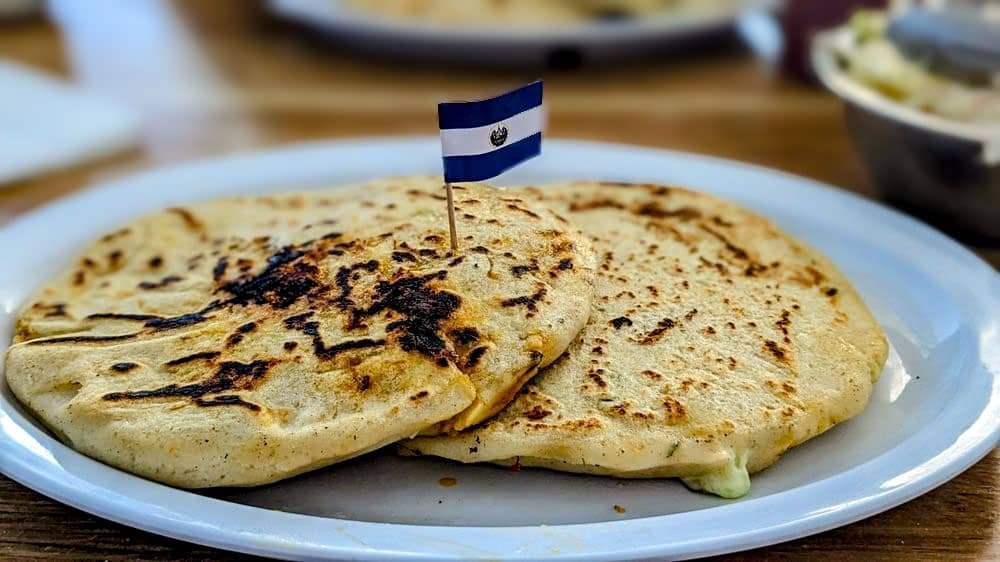La Ceiba, the Long Beach restaurant that has blended Honduran and Salvadoran food at different locations across decades, has formally shuttered its doors. The property has long been destined to become a mixed-use project dubbed Apsara though no formal plans have moved forward to do so.
La Ceiba has, unbeknownst to many, been around for decades across many iterations.
María Teresa Salazar, the longtime pupusera hailing from the Honduran city of the restaurant’s namesake, and her husband, Abel, weren’t reachable for comment. However, multiple customers shared their lament for the loss of the space, including Edith Gomez, whose mother has been a longtime friend of María: “My mom is good friends with her—she said [her and Abel] were going to retire. They opened their doors in 1983, so she wants to travel while she can.”

While the specific date of the first La Ceiba is unclear, even with speculations, there have been various iterations of La Ceiba. And the first goes back at least to 1990, according to María in 2020. Her heritage? Honduran, from the city La Ceiba. Her father, Salazar, was Salvadoran—hence her love of the pupusa. Her husband, whom she met seeking amnesty in the States in the 1970s, is Mexican (hence why they had underrated tripas tacos out of their walk-up window on Anaheim).
Few (non-Latinos) knew of their space in Bell Gardens on Eastern Avenue. And perhaps a bit more knew of their dive into Long Beach with their 7th and Nebraska space, which opened almost 20 years ago. And its most current customers know of their space just south of Anaheim Street on Frontenac Court. But it all explains why La Ceiba has carnes with tajadas next to pupusas next to burritos and tacos. It was a beautiful blend of multiple heritages, which homed in on Central America while also respecting the Latin American beast of the room, Mexico.

The importance of Latin American food beyond the borders of Mexico matters.
When it comes to the States, there is no question that Mexican culture dominates—leaving other Latin Americans on the margins of visibility.
While we can even get into the minutiae of regional Mexican cuisine not being adequately represented here—I still long for the days of Oaxaco Mío, where Azúcar Rinconcito Colombiano currently sits next to Crystal Thai Cambodian— far more egregious is that of, well, any other Latin American country outside of Mexico.
The beautiful thing? Places like Ceiba have altered that. As well as Roxanne’s, whose owner Robert Molina has long expressed pride in his Salvadoran heritage, be it through his restaurant’s food or the Central American heritage festival he hosted. There’s also a reflection of María’s birthplace: Honduras Kitchen has been serving up glorious baleadas for what could be a legacy period by this point. Peruvian food, a sector of South America, has long had a presence, be it El Pollp Imperial. Or Casa Chaski’s on the Weside. or Ají on 4th. And there’s OBRA. There’s Selva, representing Colombian food in a way no one in the region is.
Yes, there certainly is some representation—but losing a place like La Ceiba feels, just as things are getting warmed up in terms of Latin American food outside of Mexico, a bit of hometown, nostalgic loss.


